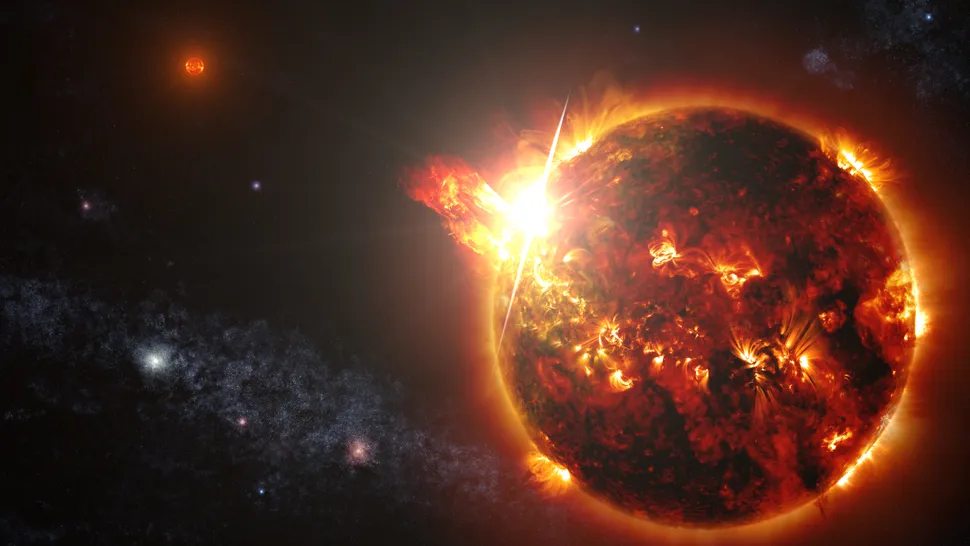Image source
Discovering Dwarf Stars: Fascinating Facts about the Most Common Type of Star in the Universe
Introduction:
The universe is vast and mysterious, filled with countless
celestial bodies that continue to amaze us. Among these are dwarf stars, the
most common type of star in the universe. These small and intriguing stars have
much to offer, from their unique characteristics to their potential to harbor
habitable planets. In this blog, we will explore some fascinating facts about
dwarf stars and uncover the secrets of these celestial objects.
What are Dwarf Stars?
Dwarf stars, also known as red dwarfs, are the smallest and
most common type of star in the universe. They are relatively cool and dim,
with sizes ranging from 0.08 to 0.8 times that of our sun. Despite their small
size, dwarf stars can still have planets orbiting around them in their
habitable zones, making them an exciting target for astrobiologists searching
for life beyond our solar system.
Unique Characteristics of Dwarf Stars:
One unique characteristic of dwarf stars is that they are
extremely long-lived, with lifetimes ranging from tens to hundreds of billions
of years. This means that they will continue to shine for trillions of years,
making them the ultimate survivors in the universe.
Another fascinating fact about dwarf stars is that they emit
less radiation than larger stars, which makes them a safer target for
exploration by interstellar spacecraft. Additionally, some scientists believe
that dwarf stars may be more likely to harbor habitable planets than larger
stars since their habitable zones are closer in and easier to detect.
Examples of Dwarf Stars:
There are many examples of dwarf stars in our galaxy,
including Proxima Centauri, the closest star to our solar system, which is only
4.24 light-years away. Proxima Centauri is a red dwarf with a mass about
one-eighth that of our sun and is believed to have at least two planets
orbiting around it.
Another example of a dwarf star is TRAPPIST-1, a red dwarf
located about 40 light-years away from our solar system. TRAPPIST-1 has seven
known Earth-sized planets orbiting around it, three of which are believed to be
in the habitable zone.
Conclusion:
In conclusion, dwarf stars are a fascinating and unique type
of star that offers many opportunities for scientific exploration and
discovery. From their long lifetimes to their potential for harboring habitable
planets, these small and unassuming stars have much to teach us about the
universe we live in. By continuing to study and learn about these celestial
objects, we can gain a deeper understanding of our place in the cosmos.
